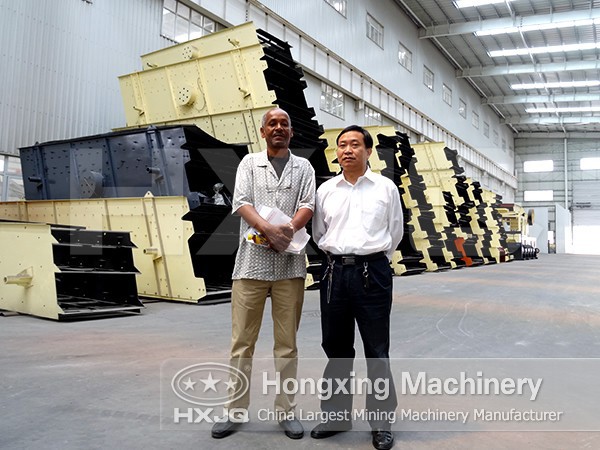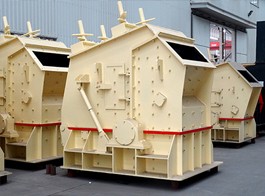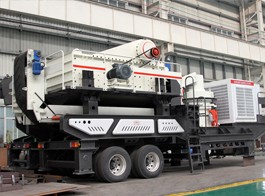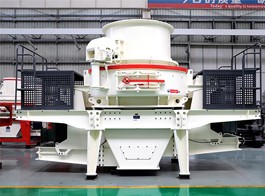Hot Products
Summary of Working Theory of Vibratory Screen
E-mail: market@hxjq.comVibrating screen has been widely used in mining, metallurgy, coal, water conservancy and electric power, transportation department and chemical department and other industrial departments so far.

This machine is used for fulfill the screening, grading, washing, dehydration of the materials in all kinds of different technological process. Ore beneficiation is a middle link in the mining and metallurgy process, and the dressing efficiency not only directly influences the ore beneficiation production efficiency, but has a profound effect on the reasonable utilization of national resources. In recent years, the vibratory screening machine has been developing unprecedentedly, the theory frame of the vibrating screen has been stable and even mature, and all types of vibrating screens are researched, developed and launched, but the vibrating screen with high screening efficiency and high output has always the new direction of the research and development for vibrating screen.
The coal or rocks that are mined in the quarry or the materials that are crushed, before they are further processed or used, the workers need to separate them into several levels according their granularity, or to dehydrate, medium draining and deslime, and sometimes all these processes are needed. In the separating process, there are always some grading problems, and the grading process during which the materials go through the screening face and screening hole is called screening. Through the research to the screening process of the materials, we find that the screening is made up of two stages:
1. The particle that is smaller than the size of screen hole will reach the screening face through the material layers composed by the rough particles.
2. Fine particles will go through the screen by way of the screening hole in the screening face.
In order to smoothly finish the screening process, the condition that there is relative movement between the materials and the screening face must be satisfied. For this reason, the screening box of the vibrating screen should have suitable movable features, on one hand is to keep the materials on the screening face in a loose state, and on the other hand is to move away the big particles that block the screening hole and keep the passage for the fine particle unhindered. However, during the actual production process, the real screening process is that large quantities of perish materials with different granularity and sizes go onto the screening surface, but only part of them touch the screening surface. Among this part of materials, most part of the fine particles that are smaller than the screening hole will be distributed to all parts of the whole material layer. Through the movement of the screening box, the material layers on the screening face will be scattered, and the gap between the big particles will be further expanded, and this time the small particles will take the chance to thread through the gap and move to the lower part. At the same time, because the gap between the small particles is small, the large particle cannot go through, and they will rise to higher position during the movement process.
In this process, the original mass materials group will be separated, that is to way, they are graded according to the particle size, and form the queuing discipline that the small particles stay lower and big particles stay upper. The fine particles that reach the screening face will smoothly go through the screen because their small size and finally the screening process will be finished. However, sufficient separation can never be realized. In the screening process, generally speaking, part of the fine particle will residue in the big particles and cannot go through the screen. Through detailed research, we find that although the size of small particle is smaller than the screening hole, their filtering difficult degree is different.






